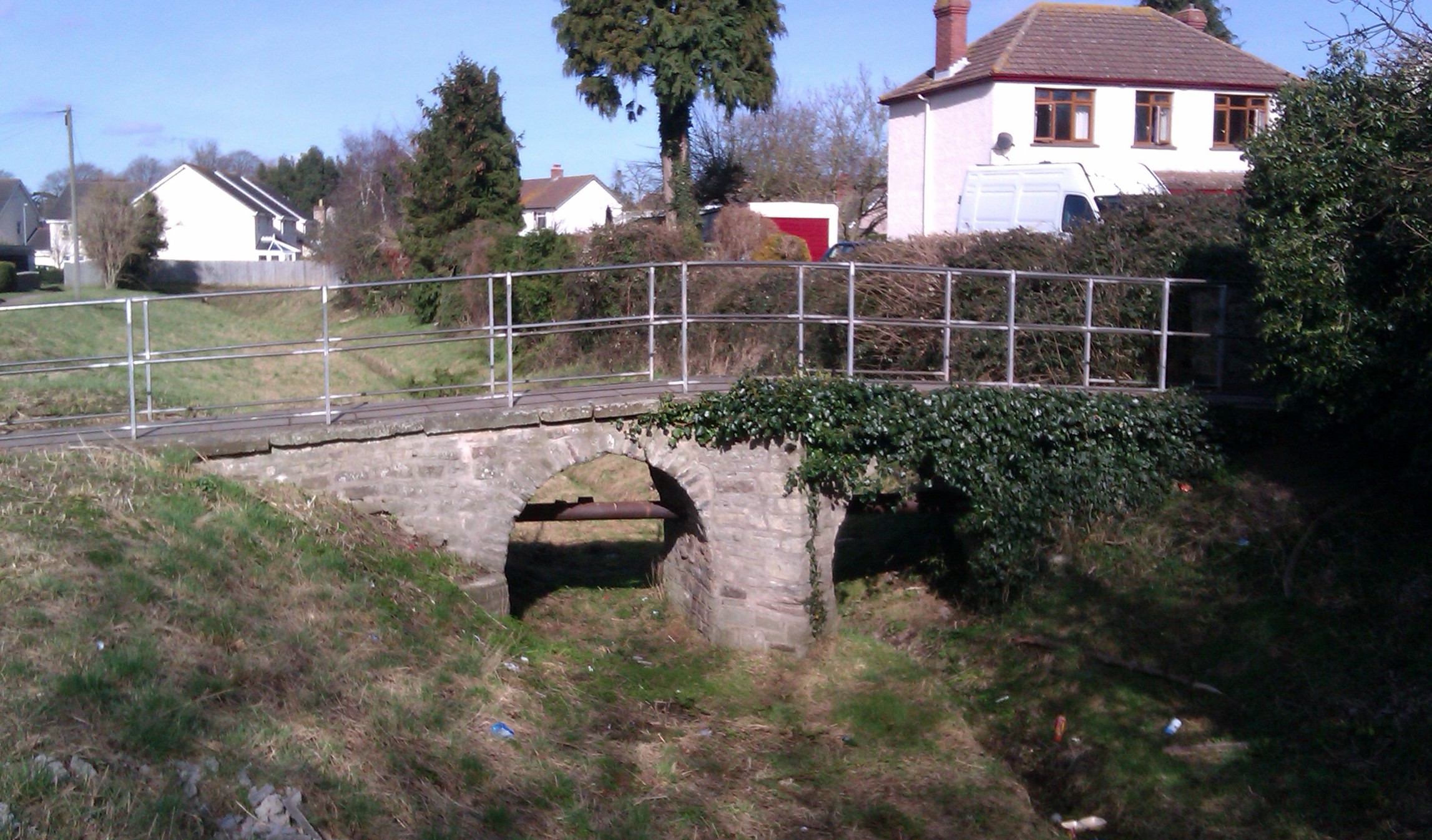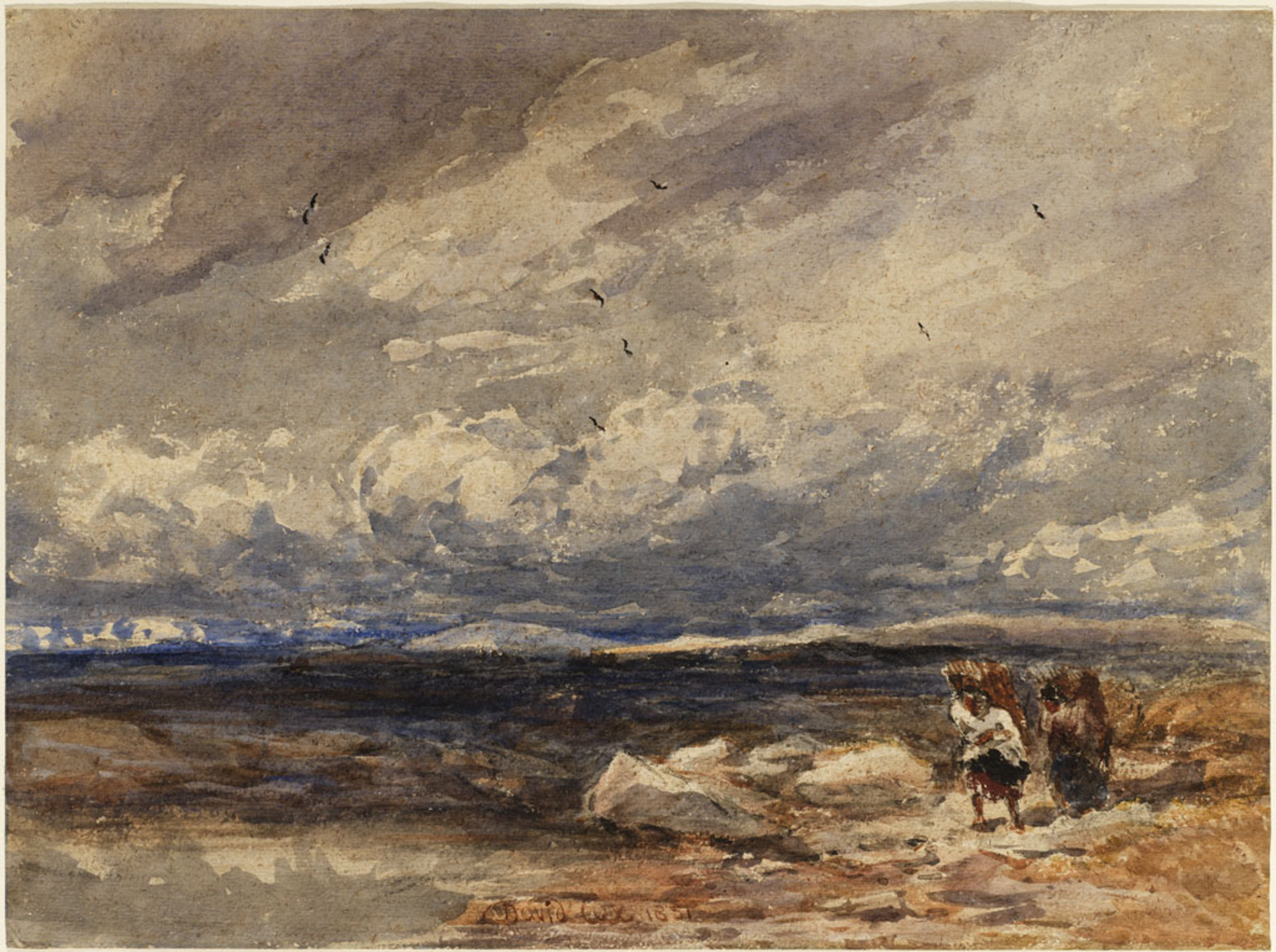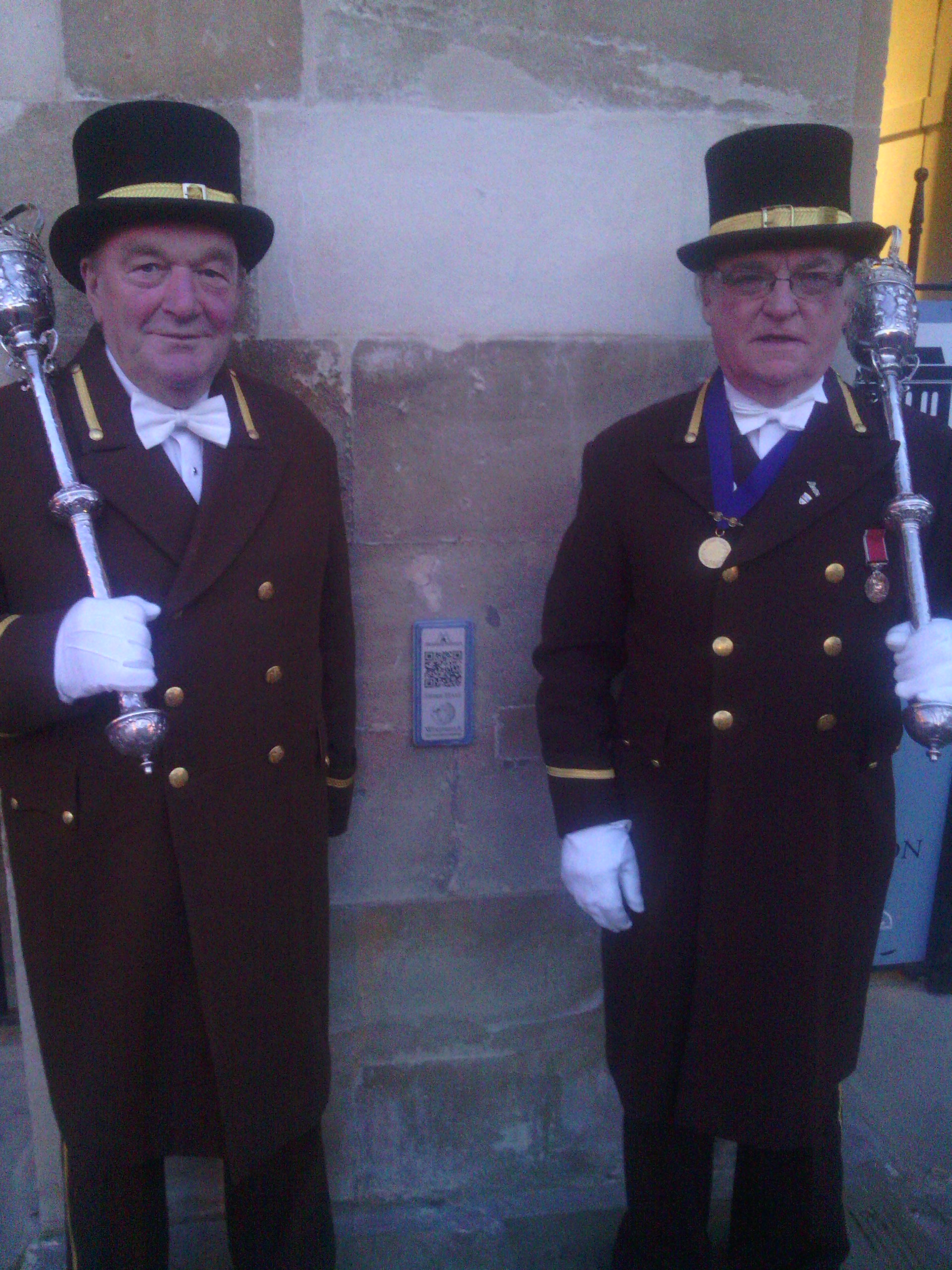|
Overmonnow
Overmonnow is a suburb of the town of Monmouth, in Wales, which is located to the west of the River Monnow and the Monnow Bridge. It developed in the Middle Ages, when it was protected by a defensive ditch, the ''Clawdd-du'' or "Black Dyke", the remains of which are now protected as an ancient monument. In later centuries the area became known as "Little Monmouth" or "Cappers' Town". History At the time of the Norman conquest, the area to the east of the River Monnow, and north of the River Wye, was in the area known as Archenfield, which lay within the Earldom of Hereford and was considered to be part of England; areas to the west of the Monnow, including the Overmonnow area, were regarded as Welsh. After the Normans built Monmouth Castle, the town of Monmouth gradually developed as a market town, a river port, and as a centre for the manufacture of iron goods and woollen fabric. By the twelfth century, development had taken place beyond the Monnow Bridge at Overmonnow, formin ... [...More Info...] [...Related Items...] OR: [Wikipedia] [Google] [Baidu] |
Monmouth
Monmouth ( , ; cy, Trefynwy meaning "town on the Monnow") is a town and community in Wales. It is situated where the River Monnow joins the River Wye, from the Wales–England border. Monmouth is northeast of Cardiff, and west of London. It is within the Monmouthshire local authority, and the parliamentary constituency of Monmouth. The population in the 2011 census was 10,508, rising from 8,877 in 2001. Monmouth is the historic county town of Monmouthshire although Abergavenny is now the county town. The town was the site of a small Roman fort, Blestium, and became established after the Normans built Monmouth Castle . The medieval stone gated bridge is the only one of its type remaining in Britain. The castle later came into the possession of the House of Lancaster, and was the birthplace of King Henry V in 1386. In 1536, it became the county town of Monmouthshire. A market town and a focus of educational and cultural activities for the surrounding rural area, Monmouth ... [...More Info...] [...Related Items...] OR: [Wikipedia] [Google] [Baidu] |
Clawdd-du
The Clawdd-du, also known in historical records as the Black Dyke, Black Ditch or Clawthy, is a mediaeval linear defensive earthwork or moat, constructed as protection for the ''faubourg'' of Overmonnow, on the opposite side of the River Monnow from the town and castle of Monmouth, Wales. History The areas west of the River Monnow remained, in general, under Welsh control much later than the areas to the east, which included the town of Monmouth where the Normans established a castle shortly after 1067. The suburb of Overmonnow, which in mediaeval times was an important area for iron working and the manufacture of coarse woollen material including Monmouth caps, would have been vulnerable to attacks from the Welsh at the time the defences were constructed. Excavations in 1966 suggested that the ditch was excavated in two stages, before the mid-thirteenth century, and then again after the mid-fourteenth century. The ditch originally extended, roughly in a semi-circle, for some f ... [...More Info...] [...Related Items...] OR: [Wikipedia] [Google] [Baidu] |
Clawdd-du Monmouth
The Clawdd-du, also known in historical records as the Black Dyke, Black Ditch or Clawthy, is a mediaeval linear defensive earthwork or moat, constructed as protection for the ''faubourg'' of Overmonnow, on the opposite side of the River Monnow from the town and castle of Monmouth, Wales. History The areas west of the River Monnow remained, in general, under Welsh control much later than the areas to the east, which included the town of Monmouth where the Normans established a castle shortly after 1067. The suburb of Overmonnow, which in mediaeval times was an important area for iron working and the manufacture of coarse woollen material including Monmouth caps, would have been vulnerable to attacks from the Welsh at the time the defences were constructed. Excavations in 1966 suggested that the ditch was excavated in two stages, before the mid-thirteenth century, and then again after the mid-fourteenth century. The ditch originally extended, roughly in a semi-circle, for some f ... [...More Info...] [...Related Items...] OR: [Wikipedia] [Google] [Baidu] |
Monnow Bridge
Monnow Bridge ( cy, Pont Trefynwy ), in Monmouth, Wales, is the only remaining medieval fortification, fortified river bridge in Great Britain with its gate tower standing on the bridge. Such bridge towers were common across Europe from Middle Ages, medieval times, but many were destroyed due to urban expansion, diminishing defensive requirements and the increasing demands of traffic and trade. The historical and architectural importance of the bridge and its rarity are reflected in its status as a scheduled monument and a Categories of listed building, Grade I listed building. The bridge crosses the River Monnow (''Afon Mynwy'') above its confluence with the River Wye. Monmouth had been a significant border settlement since the Roman Britain, Roman occupation of Britain, when it was the site of the fort of Blestium. The River Wye may have been bridged at this time but the Monnow, being easily ford (crossing), fordable, appears not to have had a crossing until after the Norma ... [...More Info...] [...Related Items...] OR: [Wikipedia] [Google] [Baidu] |
The Green Dragon, Monmouth
The Green Dragon is a public house and inn located in St Thomas Square Monmouth, Wales. The pub provides live music on weekend evenings and during the annual Monmouth Festival the pub is used as a venue for entertainment. History The pub is the oldest surviving pub in the Overmonnow area and established on a site of archaeological interest. It was established as an inn before 1801 when the keys for St Thomas Church were kept there. In 1830s beer tokens were issued by the then landlord Thomas Powell who was followed by a long list of his family in the job of Licensee of the pub. A James Gwilliam was the licensee for decades of the 19th century following that. In 1998 an archaeological dig evaluation carried out behind the inn produced medieval finds such as cooking utensils and clay pipes dating from the 18th and 19th centuries.Heather Hurley, ''The Pubs of Monmouth Chepstow and The Wye Valley'', Logaston Press, 2007, , page 37-38 The Green Dragon faces one of the entrances to ... [...More Info...] [...Related Items...] OR: [Wikipedia] [Google] [Baidu] |
Monmouth Cap
The Monmouth cap (Welsh: ''Cap Trefynwy'') was an item of woollen headgear fashionable between the 15th and 18th centuries, and associated with the town of Monmouth in South East Wales. The knitted round caps were used by both soldiers and sailors, and they were widely exported. History In the early 14th century, the area immediately north of Monmouth, known as Archenfield, became known for the high quality of its wool, produced from Ryeland sheep. The wool was ideal for the production of high quality felt, and the location of Monmouth, on the River Wye some inland from the Severn estuary, allowed the produce of the area ready access to wider markets. The industry of cap manufacture by hand knitters in and around Monmouth was well established by the 15th century, when court records show Capper as a common surname in the town. The cappers or knitters, generally men, were attached to the Weaver's Guild and may have been governed by a Council of Master Craftsmen. The trade ... [...More Info...] [...Related Items...] OR: [Wikipedia] [Google] [Baidu] |
Monnow Vale Integrated Health And Social Care Facility
Monnow Vale Integrated Health and Social Care Facility ( cy, Dyffryn Mynwy Iechyd Integredig a Cyfleuster Gofal Cymdeithasol) is a hospital at Drybridge Park in Monmouth, Wales. It is managed by the Aneurin Bevan University Health Board. History The facility was commissioned to replace services previously provided at the Cottage Hospital, Overmonnow Day Hospital and Dixton Road Clinic, along with the social care and community nursing teams. The new facility, which was developed in partnership with Monmouthshire County Council, local Voluntary Organisations, Gwent Healthcare NHS Trust and Monmouthshire Local Health Board, was procured under a Private finance initiative contract in 2003. The facility, which was built by Amec Amec Foster Wheeler plc was a British multinational consultancy, engineering and project management company headquartered in London, United Kingdom. In October 2017, it was acquired by Wood Group. It was focused on the Oil, Gas & Chemicals, M ... at a c ... [...More Info...] [...Related Items...] OR: [Wikipedia] [Google] [Baidu] |
Besom
A besom () is a broom, a household implement used for sweeping. The term is now mostly reserved for a traditional broom constructed from a bundle of twigs tied to a stout pole. The twigs used could be broom (i.e. ''Genista'', from which comes the modern name "broom" for the tool), heather or similar. The song " Buy Broom Buzzems" from Northern England refers to both types of twig. From the phrase ''broom besom'' the more common ''broom'' comes. In Scotland, besoms are still occasionally to be found at the edge of forests where they are stacked for use in early response to an outbreak of fire. Description As a result of its construction around a central pole, the brush of the besom is rounded instead of flat. The bristles can be made of many materials including, but not limited to straw, herbs, or twigs. Traditionally the handle is of hazel wood and the head is of birch twigs. Modern construction uses bindings of wire and string (instead of the traditional split withy) and the ... [...More Info...] [...Related Items...] OR: [Wikipedia] [Google] [Baidu] |
Coronation Of The British Monarch
The coronation of the monarch of the United Kingdom is a ceremony (specifically, initiation rite) in which they are formally invested with regalia and crowned at Westminster Abbey. It corresponds to the coronations that formerly took place in other European monarchies, all of which have abandoned coronations in favour of inauguration or enthronement ceremonies. A coronation is a symbolic formality and does not signify the official beginning of the monarch's reign; ''de jure'' and ''de facto'' their reign commences from the moment the preceding monarch dies, maintaining the legal continuity of the monarchy. The coronation usually takes place several months after the death of the previous monarch, as it is considered a joyous occasion that would be inappropriate while mourning continues. This interval also gives the planners enough time to complete the elaborate arrangements required. For example, Queen Elizabeth II was crowned on 2 June 1953, having ascended the throne ... [...More Info...] [...Related Items...] OR: [Wikipedia] [Google] [Baidu] |
Queen Victoria
Victoria (Alexandrina Victoria; 24 May 1819 – 22 January 1901) was Queen of the United Kingdom of Great Britain and Ireland from 20 June 1837 until Death and state funeral of Queen Victoria, her death in 1901. Her reign of 63 years and 216 days was longer than that of List of monarchs in Britain by length of reign, any previous British monarch and is known as the Victorian era. It was a period of industrial, political, scientific, and military change within the United Kingdom, and was marked by a great expansion of the British Empire. In 1876, the British Parliament voted to grant her the additional title of Empress of India. Victoria was the daughter of Prince Edward, Duke of Kent and Strathearn (the fourth son of King George III), and Princess Victoria of Saxe-Coburg-Saalfeld. After the deaths of her father and grandfather in 1820, she was Kensington System, raised under close supervision by her mother and her comptroller, John Conroy. She inherited the throne aged 18 af ... [...More Info...] [...Related Items...] OR: [Wikipedia] [Google] [Baidu] |
Mayor Of Monmouth
The Mayor of Monmouth is an elected position given to a town councillor in Monmouth in Wales. The position dates back about 750 years. History The position of Mayor in Monmouth was established in the thirteenth century by the people who were controlling the town's market. A seal was obtained from King Henry III confirming the rights and privileges of the position and the right to also establish bailiffs for the town. The position was confirmed in 1447 when Henry VI granted a charter to the town which permitted the town to raise taxes to pay for the town and also gave some freedom from the King's taxes. (Henry VI's father had been born in the town.) This charter confirmed the position of mayor as an annual elected position and agreed that two maces should be carried before the elected person. These maces survive and carry the arms of the Duchy of Lancaster. An elected mayor and bailiffs came to lead this body and by the middle of the thirteenth century a seal had been acquire ... [...More Info...] [...Related Items...] OR: [Wikipedia] [Google] [Baidu] |
Wards Of The United Kingdom
The wards and electoral divisions in the United Kingdom are electoral districts at sub-national level, represented by one or more councillors. The ward is the primary unit of English electoral geography for civil parishes and borough and district councils, the electoral ward is the unit used by Welsh principal councils, while the electoral division is the unit used by English county councils and some unitary authorities. Each ward/division has an average electorate of about 5,500 people, but ward population counts can vary substantially. As of 2021 there are 8,694 electoral wards/divisions in the UK. England The London boroughs, metropolitan boroughs and non-metropolitan districts (including most unitary authorities) are divided into wards for local elections. However, county council elections (as well as those for several unitary councils which were formerly county councils, such as the Isle of Wight and Shropshire Councils) instead use the term ''electoral division''. In s ... [...More Info...] [...Related Items...] OR: [Wikipedia] [Google] [Baidu] |






